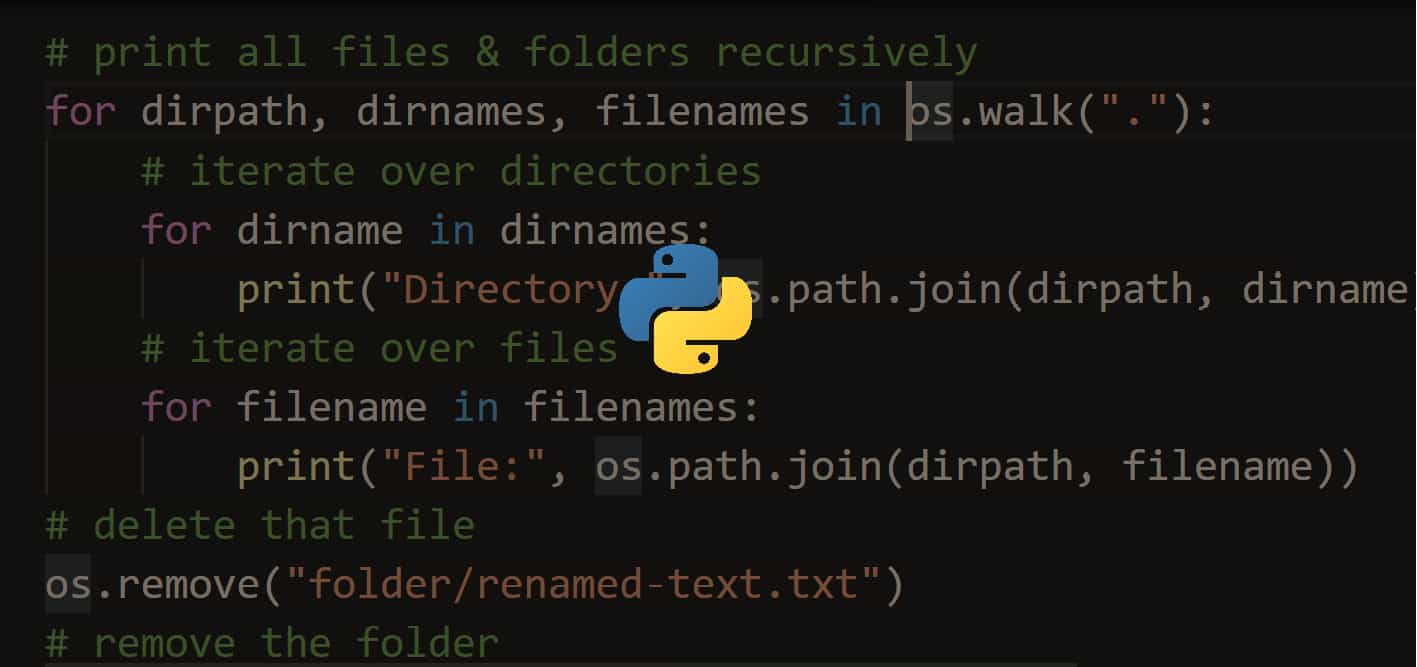Kickstart your coding journey with our Python Code Assistant. An AI-powered assistant that's always ready to help. Don't miss out!
Python is one of the best and most used languages among developers because of its easiness of learning and the extensive libraries that support the development of web applications and deep learning models, and the list is extended.
This article will help you learn one of the most straightforward commands in Python: splitting a string, which can be helpful in many programs. Like other programming languages, the string is a collection of characters that can be anything like a symbol and a number with a length of 1, and the character in this language doesn't have a data type. Keep in mind that everything in Python is an object, so the string is also treated as an object.
1. Splitting a String
Let's start by declaring a simple string, then try to split it and see the other parameters we can use with the split function.
#Declare Two Variables
variable1 = "Splitting a string"
variable2 = 'Splitting another string'So we can use a double quotation or single quotation to declare a string without specifying the type of that variable, which will simplify the work with this language compared to others such as C++ or Java. Let's use the split function and deep dive into using it:
#Splitting The Variables
print(variable1.split())
print(variable2.split())
Output:
['Splitting', 'a', 'string']
['Splitting another string']
You can see the split() function splits the strings word by word, putting them in a Python list. It uses the spaces between the words to know how to separate them by default, but that can be changed. Let's see another example:
#Splitting The Variables
print(variable1.split())
print(variable2.split(","))Output:
['Splitting', 'a', 'string']
['Splitting another string']
We've specified the type of separator we want to use for the second variable, which was "," the comma, and you will see that it will give you the whole word "Splitting another string" as one string because there is no comma between them to use as a separator. Let's try to use another example to understand more:
#Declare Two Variables
variable1 = "Splitting*a*string"
variable2 = 'Splitting,another,string'
#Splitting The Variables
print(variable1.split("*"))
print(variable2.split(","))Output:
['Splitting', 'a', 'string']
['Splitting', 'another', 'string']You see, we've changed the variables and separated the first variable with an asterisk "*" and the second one with a comma "," and you need to specify the separator in the split() function.
2. Accessing Strings
When you split the strings using the split() method, it will convert them directly to a list, and we can access them. Let's see an example:
#Splitting The Variables
print(variable1.split("*")[2])
print(variable2.split(",")[0])
Output:
string
Splitting
You can see by using square brackets and putting the index of that string. It starts counting from 0, meaning 0 is the first string in the array.
3. The maxsplit Parameter
You can add an optional parameter to the split() function called maxplit, which is the maximum number of splits to do. Let's see an example:
#Declare The Variable
variable = "Splitting a string"
#Use The Maxsplit
print(variable.split(" ", maxsplit=1))Output:
['Splitting', 'a string']
Instead of splitting twice (as there are two spaces), the result is now only one split, the first split.
4. Splitting The String By Characters
We've seen how you can split the string by words, but you can also separate them by characters using a simple command. Let's see an example:
#Declare The Variable
variable = "Splitting a string"
#Split The String By Characters
print(list(variable))
Output:
['S', 'p', 'l', 'i', 't', 't', 'i', 'n', 'g', ' ', 'a', ' ',
's', 't', 'r', 'i', 'n', 'g']
We've used the list() function to split every character from the words, and every character is called a token or a chunk, and you can also access any character of them using the same previous method.
Conclusion
The split() function is a convenient built-in method for splitting a phrase into words or chunks using a delimiter which can be anything you want, from a space to an asterisk. Accessing the string is also easy to do with the Python language and is commonly used to work with text.
Learn also: How to Organize Files by Extension in Python.
Happy coding ♥
Let our Code Converter simplify your multi-language projects. It's like having a coding translator at your fingertips. Don't miss out!
View Full Code Transform My Code




Got a coding query or need some guidance before you comment? Check out this Python Code Assistant for expert advice and handy tips. It's like having a coding tutor right in your fingertips!